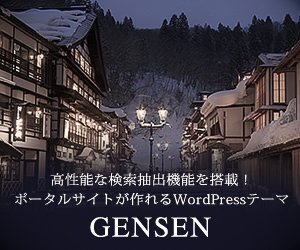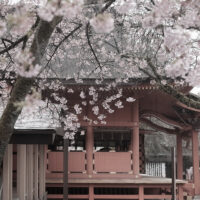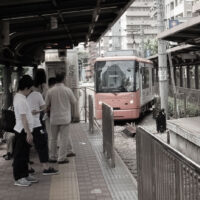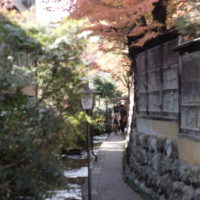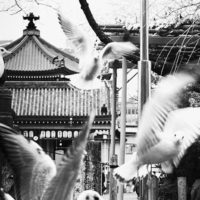The Fifth Wave
As of the end of September 2021, the situation regarding the coronavirus pandemic in Japan remains uncertain. Probably the country is now at the final stage of the so-called fifth wave of the pandemic. This wave quietly gained momentum as the people in the nation got caught up in the excitement over the Tokyo Olympics that opened on July 23. (I must admit I also forgot about the virus for a while because of the medal-winning performances of Japanese athletes.) And eventually it developed into the worst surge Japan has experienced to date. The height of this fifth wave was from mid- to late-August. During this period, the country was seeing well over 20,000 new coronavirus cases every day, with Tokyo alone reporting around 5,000 new daily cases.
Current Situation
Fortunately, since early September, the number of daily new cases has been steadily declining weekly nationwide. The country’s average daily figure for the past several days has been around 2,800. Yet, a considerable number of fatalities linked to the virus and severely ill patients are still reported daily. And the medical system is still being strained in several parts of the country.
The country has had many patients recuperating at home since the onset of the fifth wave. And some of them passed away due to the sudden deterioration of their health condition before they could be hospitalized, while others were spreading the infections to members of the same household. This problem of recuperating at home after becoming infected (because of a lack of hospital beds) has been one of the biggest social issues in August and September.
Ongoing State of Emergency
Currently, the COVID-19 state of emergency covers 19 prefectures, including Tokyo, Osaka, Kanagawa, Chiba, Saitama, Kyoto, Hokkaido, and Okinawa. In these prefectures, people are urged to avoid going to crowded areas. Restaurants are requested to close by 8 p.m. and not to serve alcohol. And attendance at large-scale events is limited to 5,000 people or 50% of venue capacity. In the meantime, eight prefectures, including Miyagi and Okayama, are under a quasi-emergency with less strict measures and smaller fines for noncompliance.
Most of these emergency measures are expected to be lifted at the end of September. It is said that Prime Minister Yoshihide Suga is eager to ease restrictions on all the 19 prefectures before leaving office. (The governing Liberal Democratic Party will choose its new leader on Sep. 29.) But a formal decision by the government will not be made until early next week. (See Further Update 1 at the end of this post.)
Progress of Vaccinations
Regarding vaccination, Japan had been criticized for lagging far behind other developed nations. By mid-July when the Olympic games were about to kick off, only about a fifth of Japan’s population had been fully vaccinated, with the age group of 64 and younger having only a 1% full vaccination rate. By this time, the United States had already achieved a much higher rollout rate under its Operation Warp Speed launched in May 2020.
But at last, Japan began to speed up the pace of its sluggish vaccine rollout beginning this late-July. Probably, this became possible thanks to the setting-up of several mass inoculation sites across the country to increase the number of vaccinations. Also, the vaccination programs launched at companies and universities might have contributed to the fast pace. But above all, fears of the highly contagious delta variant must have prompted many people to receive the shots.
During September, Japan’s vaccination rate finally reached almost the same level as the U.S. Now, about 55% of the country’s entire population is fully vaccinated. In particular, the age bracket of 65 and older has achieved about a 89% full vaccination rate, while those 64 and younger have a rate of about 35%.
Future Outlook
Prime Minister Suga said in the Diet in early June that Japan plans to finish vaccinating all those who want shots by October or November. Also, it was reported in early September that the government was planning to relax COVID-19 restrictions on travel, large-scale events and the serving of alcohol around November. Personally, I wish the government would resume its Go To Travel campaign, the central government’s program to revitalize domestic travel and stimulate local economies, which was indefinitely suspended at the end of 2020.
Currently, many people in Japan are still cautious and expecting the eventual arrival of a sixth wave of COVID-19 sooner or later. I suppose it is a good thing because becoming too optimistic gives us nothing. When we let down our guard, it creates opportunities for the virus to enter our bodies. But I suppose, at least, most Japanese citizens are a little relieved now as it appears the fifth wave has started to subside.
Further Update 1 (Added on October 3, 2021): The COVID-19 state of emergency was fully lifted on September 30, 2021.










